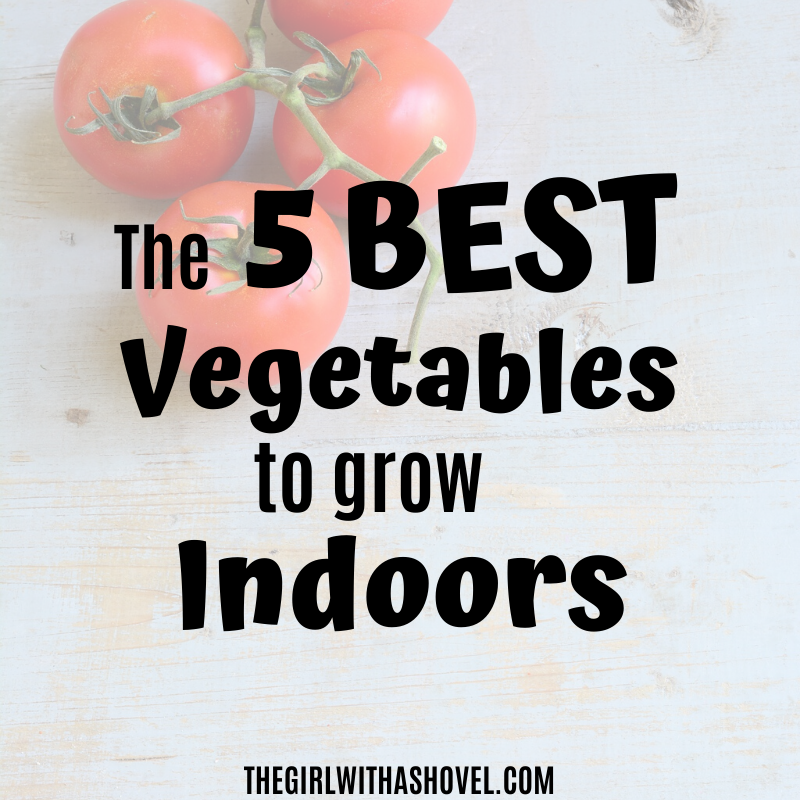Whether you’re new to indoor gardening or an expert, it’s always good to know which vegetables you should actually be growing indoors, a.k.a. which ones will give you the most bang for your buck! And let me tell you, I’m not just going to list the vegetables that are the easiest to grow indoors. This is because a lot of people suggest vegetables only because they do well indoors. And strange enough, a lot of people suggest growing radishes indoors. Honestly, I don’t remember the last time I’ve actually eaten a radish! So even if I grew radishes in my home, I know that I still would never eat them.
So here’s my list of vegetables that are most commonly consumed, are easy to grow, and that give you good yields per plant. But remember, make sure that you are growing vegetables that you will actually eat. In the long run, it’s your own preferences that matter most when making this decision.
**Note: This post contains affiliate links, which if purchased, I will receive a small portion of the profits. This helps me to keep providing awesome information to all of you!**
The Best Vegetables to Grow Indoors – Vegetable #1: Tomatoes
Tomatoes are one of the best vegetables to grow indoors mainly because they are one of the most versatile! You can eat them in salads, on sandwiches, in pastas, or as pastes! Plus, they’re easy to can or freeze for later use. Just make sure to get an ever-bearing variety, as well as give this plant its own plant light. Here’s a plant light review post if you’re unsure of what to get. It might take your tomato plant a while to start producing indoors, but once it does, you’ll be glad you waited!
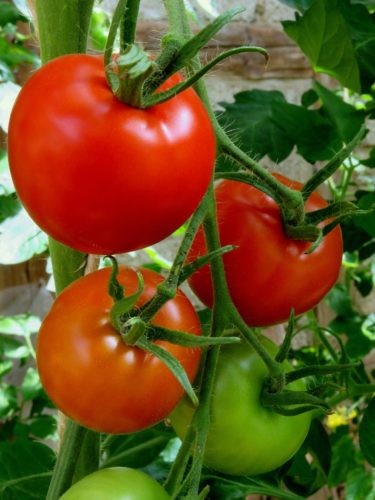
Vegetable #2: Lettuce
Here is another plant that is highly eaten and enjoyed! Lettuce is also one of the easiest plants to grow from scraps! Simply purchase your lettuce of choice, cut off the bottom, and place it in water. Leave it in a cup with toothpicks placed in it to hold the top of the plant out of the water. Then fill the cup with enough water to allow the bottom to be submerged. Start one every time you bring a new head of lettuce home. After a couple of months you should have your endless supply of lettuce!
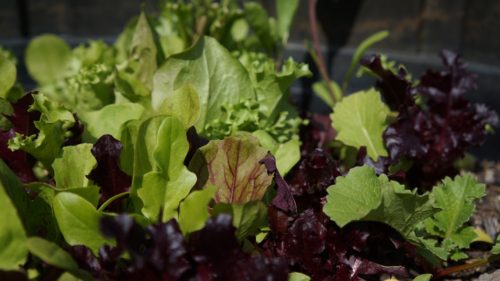
Vegetable #3: Green Beans
Beans are one of the easiest vegetables to grow indoors mainly because they require less sunlight than most other vegetables, as well as they can use less space by growing vertically! Here are some ideas for how you can create your own vertical gardens! Another reason why green beans makes by top 5 list is because it’s difficult to eat fresh green beans all year long when they start costing over $4/pound during the winter! It’s much more cost effective to simply grow your own and enjoy them whenever you want! Just keep a constant planting schedule every few weeks and you’ll never run out!
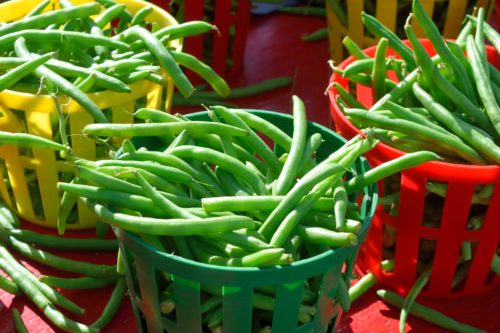
Vegetable #4: Spinach
If you’re a health nerd (like my husband), or a foodie (like me!) then you’ll definitely want to start a row of spinach. Like these other vegetables, it is also one of the easiest to grow indoors. Then, if it’s growing a bit faster than you can eat it, spinach can easily be frozen, or added to sauces, entrees, or appetizers on the fly!
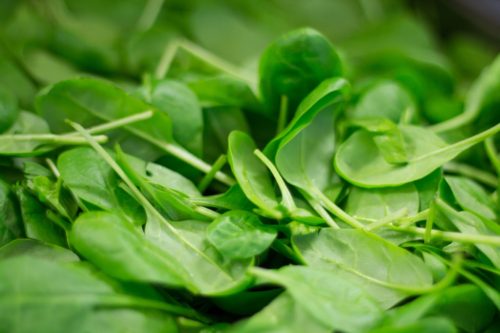
Vegetable #5: Peppers
Although peppers take a bit longer to grow, and will also need a plant light, they are definitely a popular plant to grow indoors. This is because they are not only super versatile and can be added to many dishes, but you can also custom grow your peppers according to your temperature preferences! Whether you prefer bell peppers, jalapenos, ghost peppers, or chili peppers, the method of growing is all the same. So wow your friends with your home-grown pepper collection, and spice up your life! Just make sure that you keep them in a big enough pot, and they’ll reward you with large peppers!
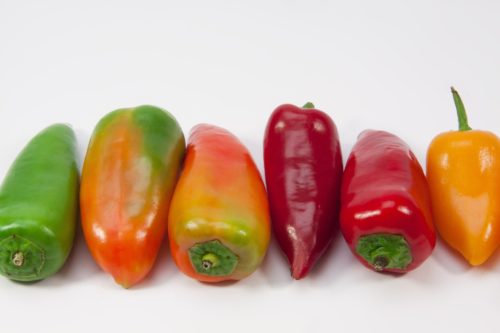
These are my recommendations for the best vegetables to grow indoors. For more information on growing plants indoors, be sure to sign up for my email list and enjoy a free welcome gift! Then let me know in the comments below if you’ve tried growing any of these plants, and let me know how it goes! I love hearing from all of you!
*Note: For sun requirements of any of these plants, check out my free reference guide at How Much Sun Does my Plant Need?!
Happy Digging!

